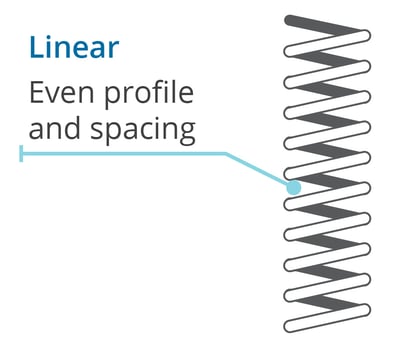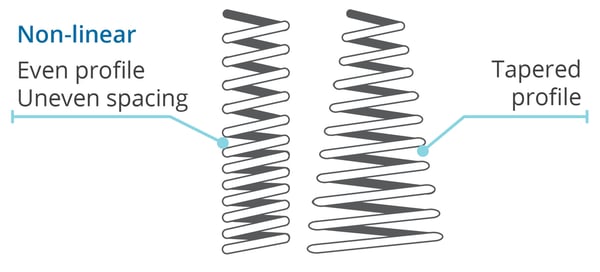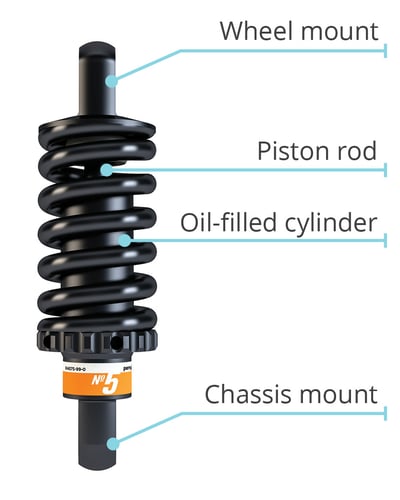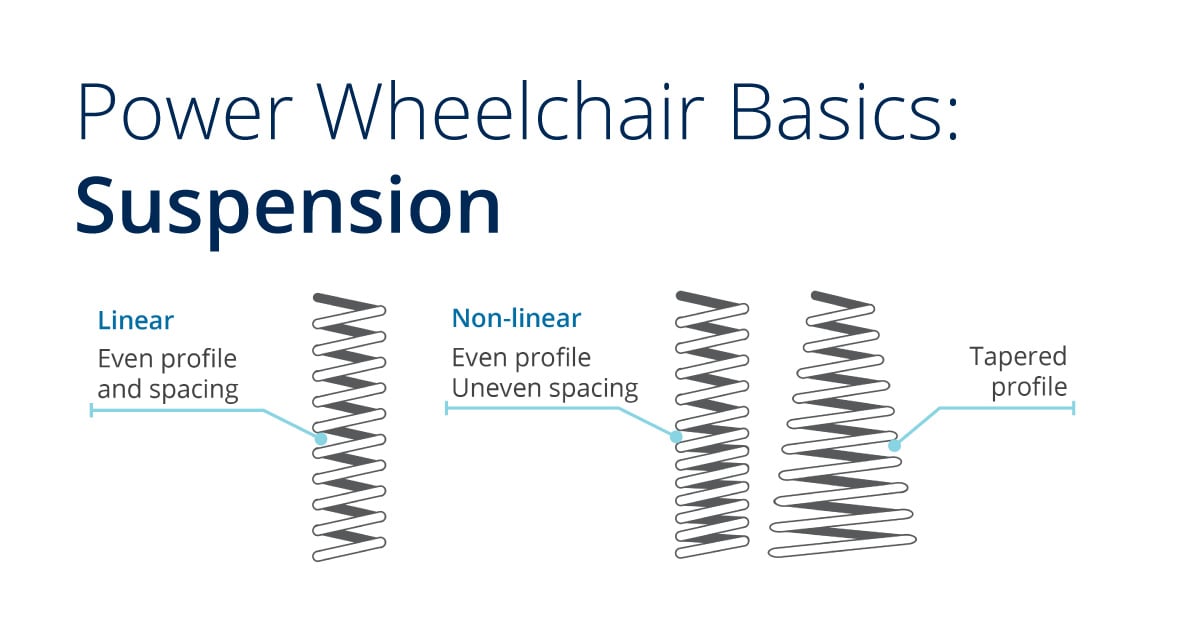As we work our way through our blog series about power wheelchairs, our attention turns towards mechanics of the power wheelchair. Today we're discussing suspension. Suspension is important to provide the individual driving the wheelchair a smooth, comfortable ride over various terrains while maintaining stability and traction for optimal wheelchair base performance.
Suspension
"Mechanism of a device that is intended to reduce vibration" (Waugh & Crane, 2013, p. 32)
Why does suspension matter?
Suspension performance must be considered for:
- Reduction of whole-body vibration: Wheelchair users have increased exposure to whole body vibration which can result in fatigue, low back pain, and neck pain
- Stability on a variety of terrain: Not only wheelchair base stability, but stability of the end user in maintaining positioning and consistent/safe access to the drive control
- Traction over a variety of terrains to improve power base performance
Is suspension just one component?
No! Suspension consists of multiple components that work together on the wheelchair including:
- Chassis
- Suspension springs
- Tires (pneumatic/air-filled vs solid)
What types of suspension are available?
Compression is the most common type of spring used in powerbases. When force is applied to the spring, it compresses to aid in absorption of impact and may reduce vibration. There are two types of compression springs:
- Linear (proportionate force and displacement)
- Non-linear (non-proportionate force and displacement)


Oil-damping: Acts as a shock absorber, typically used to slow the compression and extension cycle/rate of return, reducing the magnitude of vibratory motions.
The different categories of power wheelchairs will utilize different suspension configurations. An ideal suspension design will strategically use the various types of springs to optimize how the wheelchair reacts to vibration and impact during movement, reducing its affect on the user.

|
* Is suspension adjustable in the field? Is suspension active in a variety of seating positions? Note: Remember to ask if the PWC you are prescribing has these abilities. |
Join us next time in our power wheelchair series as we continue talking about mechanics of the power wheelchair with torque and tracking technology.
References:
Waugh, K. & Crane, B. (2013). Glossary of wheelchair terms and definitions, Version 1.0. Assistive Technology Partners.
 Stacey Mullis, OTR/ATP
Stacey Mullis, OTR/ATP
Director of Clinical Marketing
Stacey serves as Director of Clinical Marketing for Permobil. A practicing OTR for over 20 years, she has experience in school-based pediatrics, inpatient rehabilitation, long term care, and home health. With her interest in wheelchair seating and positioning, Stacey engaged the challenges of providing appropriate seating in various clinical settings. She now uses this experience to develop programs and resources to educate clinicians on the principles of seating and wheeled mobility. She is passionate about equipping clinicians and through her previous role as Director of Clinical Education with Comfort Company and now with Permobil she has taught nationally and internationally to increase therapist capacity in this specialty area. Mullis graduated from Western University in London, Ontario, Canada with a BA Linguistics and BSc Occupational Therapy. She is a member of the NCOTA, CTF Executive Board, NRRTs, RESNA, and AOTA.
 Angela Regier, OTD, OTR/L, ATP/SMS
Angela Regier, OTD, OTR/L, ATP/SMS
Clinical Education Manager
Angela Regier, OTD, OTR/L, ATP received her doctorate of occupational therapy from Creighton University in 2007 and is a RESNA-certified assistive technology professional. Regier joined Permobil in 2017 as a Clinical Education Manager for the western region. Prior to joining Permobil, Regier was at Craig Hospital in Englewood, Colorado where her career focused on inpatient and outpatient spinal cord injury rehabilitation. Prior to leaving Craig Hospital, she was supervisor of the Wheelchair Seating and Mobility Clinic where she provided comprehensive seating and mobility interventions for individuals with acquired brain and spinal cord injury. Regier has published and speaks on the topic of seating and mobility for acquired brain injury and spinal cord injury. She has also served as an adjunct faculty for the Creighton University Entry-Level Distance OTD Program (Regis) in Denver, Colorado.

